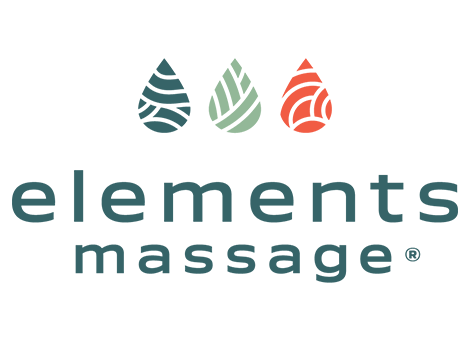Collagen, the most abundant protein in the body, plays a crucial role in the structure, strength, and elasticity of tissues, including skin, tendons, ligaments, and fascia. Collagen remodeling is a vital process in healing and repairing tissues, involving the breakdown of old or damaged collagen and the synthesis of new collagen fibers. Massage therapy has been suggested to influence this process positively, aiding in tissue repair, enhancing skin appearance, and improving the function of musculoskeletal tissues.
Mechanisms Through Which Massage Therapy Influences Collagen Remodeling
-
Stimulation of Fibroblasts: Fibroblasts are cells responsible for producing collagen and other extracellular matrix components. Massage therapy can stimulate fibroblast activity, enhancing collagen synthesis and remodeling. This stimulation is crucial for the repair of damaged tissues and can lead to stronger, more resilient tissue structures (Crane et al., 2012).
-
Improved Circulation: Enhanced blood flow resulting from massage therapy provides necessary nutrients and oxygen to the tissues, supporting the metabolic processes involved in collagen production. Additionally, improved circulation helps in the removal of waste products, including degraded collagen fragments, facilitating the remodeling process (Field, 2014).
-
Mechanical Stress: The physical manipulation of tissues during massage applies mechanical stress to collagen fibers, which can trigger the remodeling process. This mechanical stress encourages the realignment of collagen fibers in a more organized structure, which is particularly beneficial in the healing of scar tissue and improving skin and tissue elasticity (Bove & Chapelle, 2016).
-
Reduction of Inflammation: Chronic inflammation can hinder the collagen remodeling process and lead to the formation of fibrotic tissue, which is less functional than healthy tissue. By reducing inflammation, massage therapy can create a more conducive environment for effective collagen remodeling (Field, 2016).
Scientific Evidence on Massage and Collagen Remodeling
Research supports the potential of massage therapy in facilitating collagen remodeling. A study by Crane et al. (2012) found that massage therapy attenuated inflammatory signaling after exercise-induced muscle damage and promoted mitochondrial biogenesis, indirectly suggesting a role in supporting collagen remodeling in damaged muscle tissues.
Furthermore, a study by Bove and Chapelle (2016) demonstrated the effectiveness of massage therapy in reducing fibrosis and promoting tissue repair, highlighting the importance of massage in managing scar tissue and enhancing the quality of tissue repair through collagen remodeling.
Conclusion
Massage therapy plays a significant role in collagen remodeling, offering benefits in tissue repair, healing, and functionality. Through mechanisms such as fibroblast stimulation, enhanced circulation, application of mechanical stress, and reduction of inflammation, massage therapy can support the body's natural healing processes. This contribution to collagen remodeling underscores the therapeutic value of massage in various clinical and aesthetic applications, from sports injuries to skin health and anti-aging treatments. Further research will continue to elucidate the specific mechanisms and optimal massage techniques for promoting collagen remodeling and tissue health.
References
- Bove, G. M., & Chapelle, S. L. (2016). Visceral mobilization can lyse and prevent peritoneal adhesions in a rat model. Journal of Bodywork and Movement Therapies, 20(1), 58-66.
- Crane, J. D., Ogborn, D. I., Cupido, C., Melov, S., Hubbard, A., Bourgeois, J. M., & Tarnopolsky, M. A. (2012). Massage therapy attenuates inflammatory signaling after exercise-induced muscle damage. Science Translational Medicine, 4(119), 119ra13.
- Field, T. (2014). Massage therapy research review. Complementary Therapies in Clinical Practice, 20(4), 224-229.
- Field, T. (2016). Massage therapy research review. Complementary Therapies in Clinical Practice, 24, 19-31.

